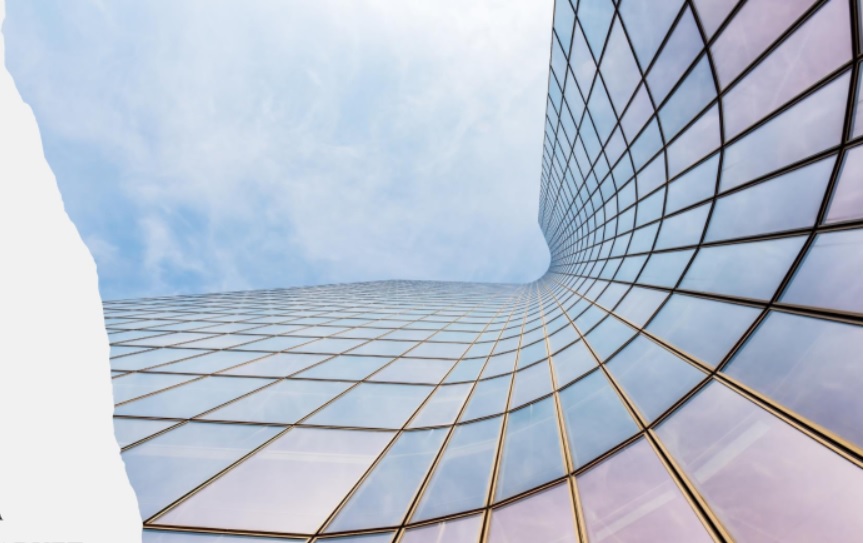India’s commercial real estate sector is emerging as a key driver of economic growth, with advancements in office spaces, industrial parks, and modern facilities propelling business expansion and employment across the country. From towering office buildings in bustling urban centers to logistics hubs on city outskirts, commercial real estate plays an integral role in powering various sectors, including retail, corporate offices, hotels, and manufacturing units.
A Major Employment Generator
As the second-largest employment generator in India, the commercial real estate sector contributes significantly to the country’s economic development. According to industry reports, the sector is growing at a compound annual growth rate (CAGR) of 18.7%, creating jobs at various stages—starting from construction workers and architects during the building phase, to the thousands of employees working in office complexes, retail centers, and logistics hubs.
Real Estate’s Growing Contribution to GDP
A joint report by Knight Frank and the National Real Estate Development Council forecasts that India’s real estate sector could expand to US$ 5.8 trillion by 2047, contributing 15.5% to the country’s Gross Domestic Product (GDP), compared to its current share of 7.3%. This expansion is expected to be supported by increasing industrial activity, rising income levels, and urbanization. Commercial real estate will be a key part of this growth, offering essential business infrastructure and employment opportunities in both established and emerging markets.
Ajendra Singh, Vice President of Spectrum@Metro, highlighted the sector’s pivotal role in India’s economic transformation. “As businesses expand and new sectors emerge, the demand for modern commercial spaces is greater than ever. The construction phase alone absorbs a large number of skilled and unskilled workers, driving business growth and employment at every level,” Singh said.
Fostering Regional Economic Development
Harsh Gupta, CEO of Sundream Group, emphasized that commercial real estate plays a vital role in enhancing local infrastructure, improving the quality of life in communities, and boosting regional economies. “With the demand for modern office spaces on the rise, strategic investments in commercial real estate attract both global and domestic businesses. This, in turn, drives economic development at local, regional, and national levels,” Gupta noted.
Growing Demand for Office Spaces and Sustainable Developments
According to Crisil reports, the demand for commercial office space in India is expected to grow by 8-10% in the upcoming fiscal years, driven by the expanding presence of global capability centres (GCCs) in India, along with strong domestic demand. The shift towards sustainable and green buildings is also fueling growth, particularly in the office and retail segments, where eco-friendly practices are becoming a key consideration for businesses and tenants alike.
Sanchit Bhutani, Managing Director of Group 108, commented on the growing demand for office and retail spaces. “By creating jobs, attracting businesses, and supporting ancillary services, commercial real estate contributes to a thriving economic ecosystem. Areas like Noida and Greater Noida, with their strong infrastructure and proximity to global markets, are perfect examples of this trend,” Bhutani said. He added that the Noida-Greater Noida Expressway has boosted demand for Grade A office spaces in the region, further supporting local economic growth.
Commercial Real Estate as an Economic Revitalizer
Sunil Kumar Jindal, CEO and Director of ManSan Group, emphasized how commercial real estate is revitalizing local economies. “Well-designed commercial spaces with modern infrastructure and strategic locations become activity hubs, supporting both tenants and the broader economic network. Strategic investment in these spaces creates vibrant, connected communities, where every sector strengthens in response to real estate growth,” Jindal explained.
Conclusion
In conclusion, commercial real estate is not just a vital sector for business development, but also a key engine of economic growth and job creation in India. With advancements in infrastructure, strategic locations, and modern facilities, the sector is playing a pivotal role in driving business expansion and attracting both global and domestic enterprises, fueling the nation’s broader economic progress.
Also Read:Capital Appreciation and Rising Rental Yields Boost Investor Confidence in Indian Real Estate









